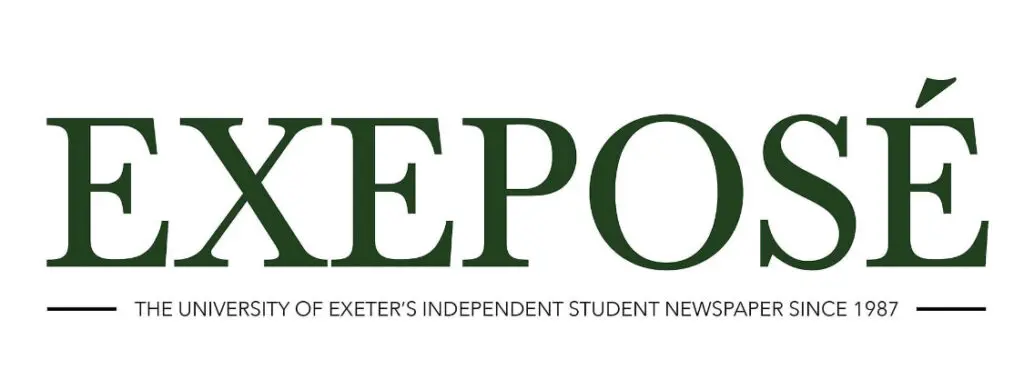Amy Butterworth illustrates the commonly misinterpreted term, Tantra and the framework in which its exhibition was developed

Upon my first delving into the Tantra movement, following the announcement by the British Museum on their exhibition showcasing the ancient philosophy, I couldn’t help but think: why is everyone talking about Sting? Apparently he brought it into the spotlight when he talked about his seven-hour sex sessions, which he attributes to his acquired spiritual/erotic awakening via the 6th-century Indian philosophy. However, he may have accidentally forged a misnomer of the entire concept. Curator Imma Ramos says that the upcoming exhibition will work to undo the damaging stereotypes associated with Tantra, and entice attendees to “question [our] own ideas about the nature of the divine”. (https://blog.britishmuseum.org/what-is-tantra/)
The word ‘Tantra’ derives from the Sanskrit verbal root ‘tan’ which means ‘to weave’ or ‘compose’. Thus, ‘Tantra’ actually refers to the instructional text, in which the beliefs and rituals are inscribed on prints, scrolls, sculptures, paintings and ritual objects. They are often ‘composed’ as if a dialogue between a god and goddess, and by following the instructions, they can help to evoke worldly and supernatural powers. The rituals often include transgressive and taboo topics such as non-normative sex, but also intoxicants and human remains. Thus, it has formulated a new approach to the erotic, as Ramos states can help to “harness desire in order to ultimately transcend it, and also to embrace all aspects of the body, all aspects of the sensual, to generate power”. Unsurprisingly, it has very little to do with boasting about your endurance in the bedroom.
Tantra primarily centres around harnessing the power of divine feminine energy
Tantra primarily centres around harnessing the power of divine feminine energy, as the practice evoked a rise of goddess worship, working to elevate and empower women through a fusion of oppositions. This is embodied through the personified Shakti, through which the Tantric philosophy sees all material reality as a vessel for. Through the depicted goddesses, they dismantled conventions of female passivity, and instead harnessed “violent and erotic power”, coalescing, as Ramos states, “the destructive and the maternal”.
Displayed so that onlookers may gain Tantric wisdom, or simply just appreciate its permeating artistic influence, we can marvel at four of the earliest Tantra manuscripts, originating form Nepal in the 12th Century. Furthermore, as a testament to the divine feminine power that Tantra works to elevate, the exhibition will showcase a 9th-century sandstone temple relief from Madhya Pradesh. This is of the goddess Chamunda, depicted dancing on a corpse. The British Museum will also attempt to meld the ancient with the contemporary, and ground primordial philosophy into modern experience, evoking the last century’s notions of anti-British colonial rule, anti-capitalism and free love. The exhibition will do this by celebrating contemporary Tantric artworks done by female artists, one of which will be the on-the-nose canvas by Sutapa Biswas, “Housewives with Steak-Knives” (1985).
“Gender, female power, gender fluidity, religious pluralism, mindfulness, wellbeing … these are all topics that are very much part of the contemporary discourse”, says director, Hartwig Fischer, as the exhibition will prove how the ancient philosophies have formed the feminism and culture we know today. No Sting, it’s not all sex and yoga.
The Tantra: Enlightenment to Revolution exhibition will be at the British Museum from the 23rd April to 26th July.


